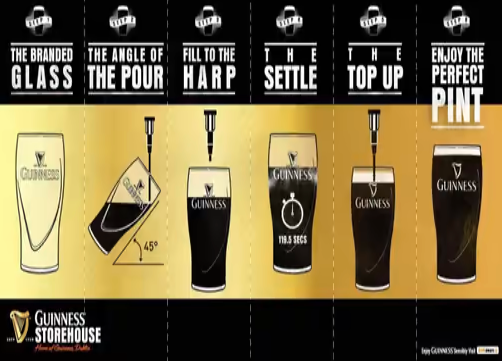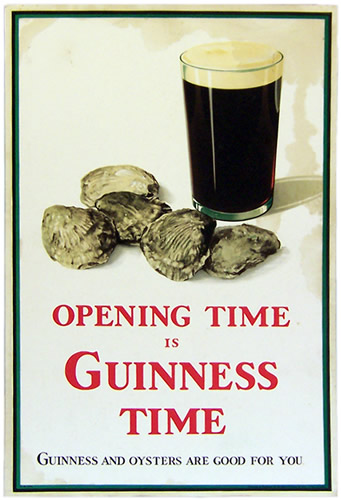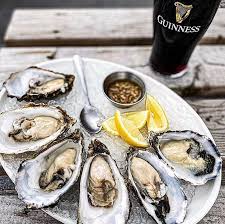Early in my career, I sold Guinness in Boston. It sounds like an easy sell right? I gained the appreciation and the passion that goes into a perfect pint. It is a truly unique beer that has a lot of misconceptions about it. I thought that going into St. Patricks Day would be a good time to share some notes. A lot of people will be having a pint for one time each year and many bartenders will be pouring them. ( incorrectly )
I hear people say all that time that they don't like Guinness because they don't like dark beer. I say to them that they would never guess the color of a properly poured Stout if they were blindfolded. The color comes from the same ingredient that is in every beer ( and whiskey ), barley. Barley is taken from the field and it goes through a process called malting. The barley begins the germination process in large tanks of water and then it is dried and roasted. The malt is roasted to give the beer color and flavor desired by the brewer. In the case of Guinness, a heavily roasted malt is used to give the beer its black color and notes of chocolate and coffee. The yeast added in the brewing process eats the sugars from the malt that creates Co2 and alcohol. The more sugar added to the brewing process creates more alcohol. Believe it or not, Guinness only has 4.2% alcohol and 78 Calories. In comparison, a Miller Lite has 4.2% alcohol and 94 Calories.
When a normal keg gets to a bar it is pushed through the draft system with Co2. Guinness however requires a different gas. a blend of 75% nitrogen and 25% Co2 gives Guinness its smooth, creamy, and balanced palate and mouthfeel. It is often described as a velvety mouthfeel.
Pouring a Guinness wrong can affect the taste and the "proper way" it is intended to be enjoyed on draught.
Here is the right way to pour and enjoy a perfect pint.

A GUINNESS WITH OYSTERS?
Yup, the beer's rich, creamy head and crisp taste compliment the brininess of the oysters and draw out their more complex tastes.





